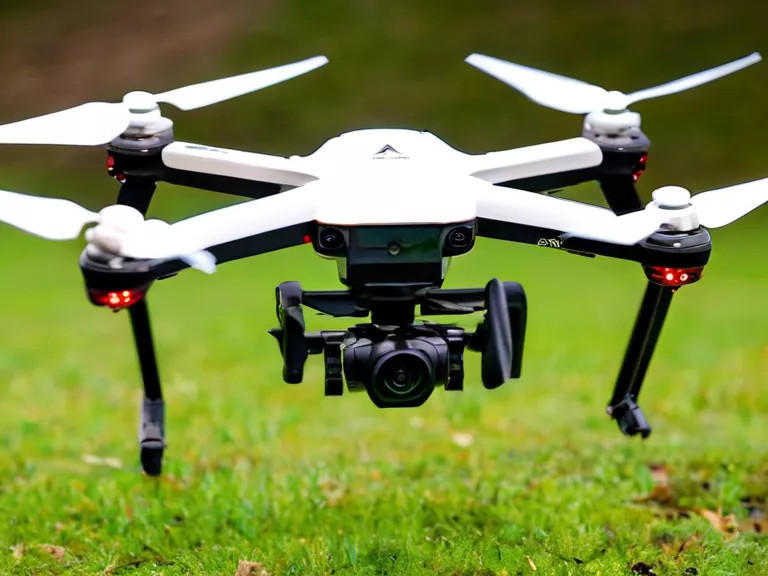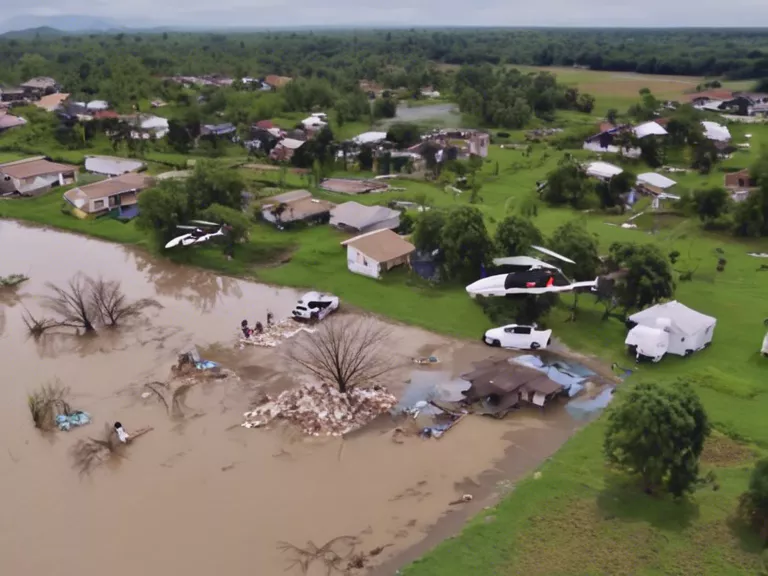
A beginner’s guide to understanding drone flight modes and features
Drones have become increasingly popular in recent years, with more and more people taking to the skies to capture stunning aerial footage. However, understanding the different flight modes and features of a drone can be overwhelming for beginners. In this guide, we will break down the various flight modes and features that you need to know to become a skilled drone pilot.
Flight Modes
1. GPS Mode
GPS mode allows your drone to lock onto multiple satellites to maintain a stable position and hover in place. This mode is great for beginners as it makes flying the drone much easier and more stable.
2. Sport Mode
Sport mode improves the agility and speed of your drone, allowing for quicker movements and sharper turns. This mode is ideal for capturing fast-paced action shots or racing with your drone.
3. Follow Me Mode
Follow Me mode enables the drone to autonomously follow and film a moving subject, keeping them in the frame without requiring manual control. This mode is perfect for capturing dynamic footage of outdoor activities like hiking, biking, or skating.
Features
1. Return-to-Home (RTH)
RTH is a safety feature that will automatically bring your drone back to its take-off point if it loses connection with the controller or the battery is running low. This feature ensures that your drone doesn’t fly away or crash due to lack of control.
2. Intelligent Flight Modes
Many drones come equipped with intelligent flight modes like Point of Interest (POI), Waypoints, and TapFly. These features allow you to create complex flight paths, capture cinematic shots, and automate certain aspects of the flying process.
By familiarizing yourself with these flight modes and features, you can take full advantage of your drone’s capabilities and unleash your creativity in the skies.



